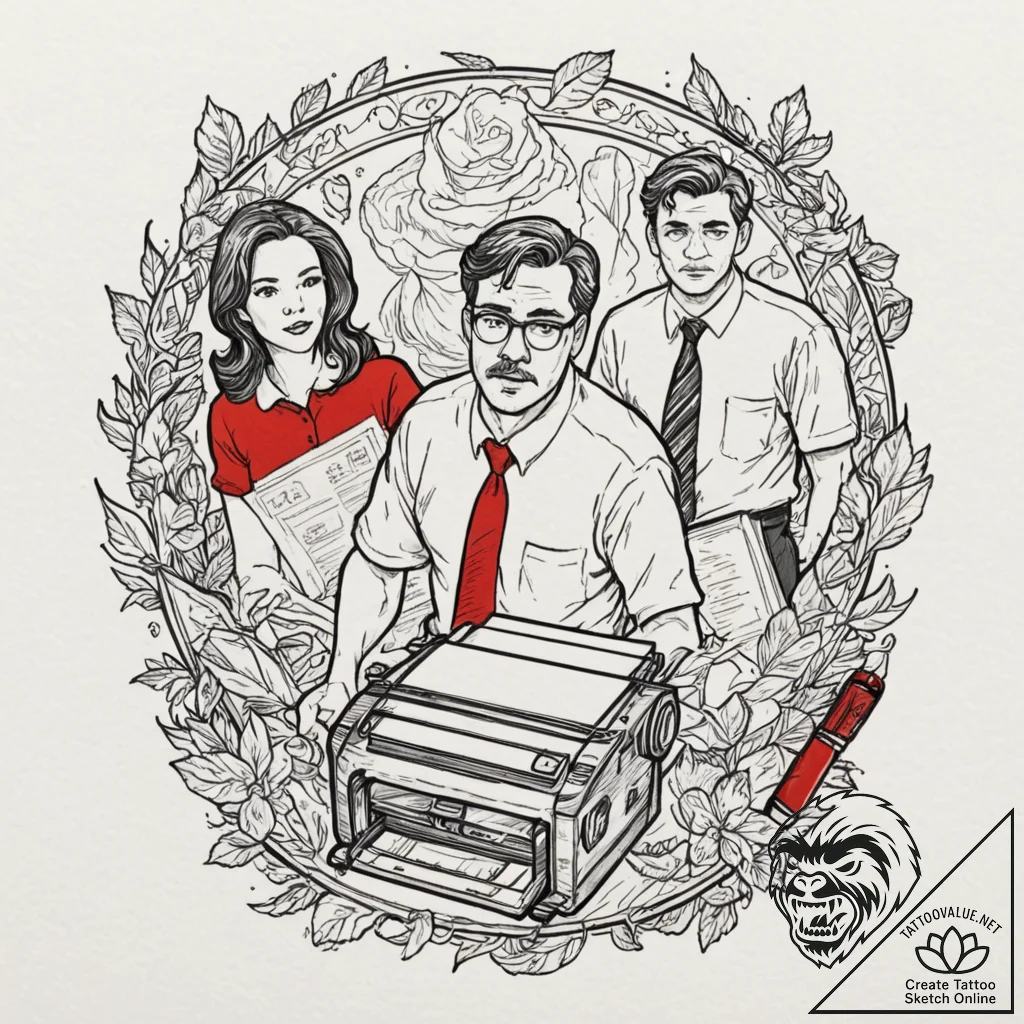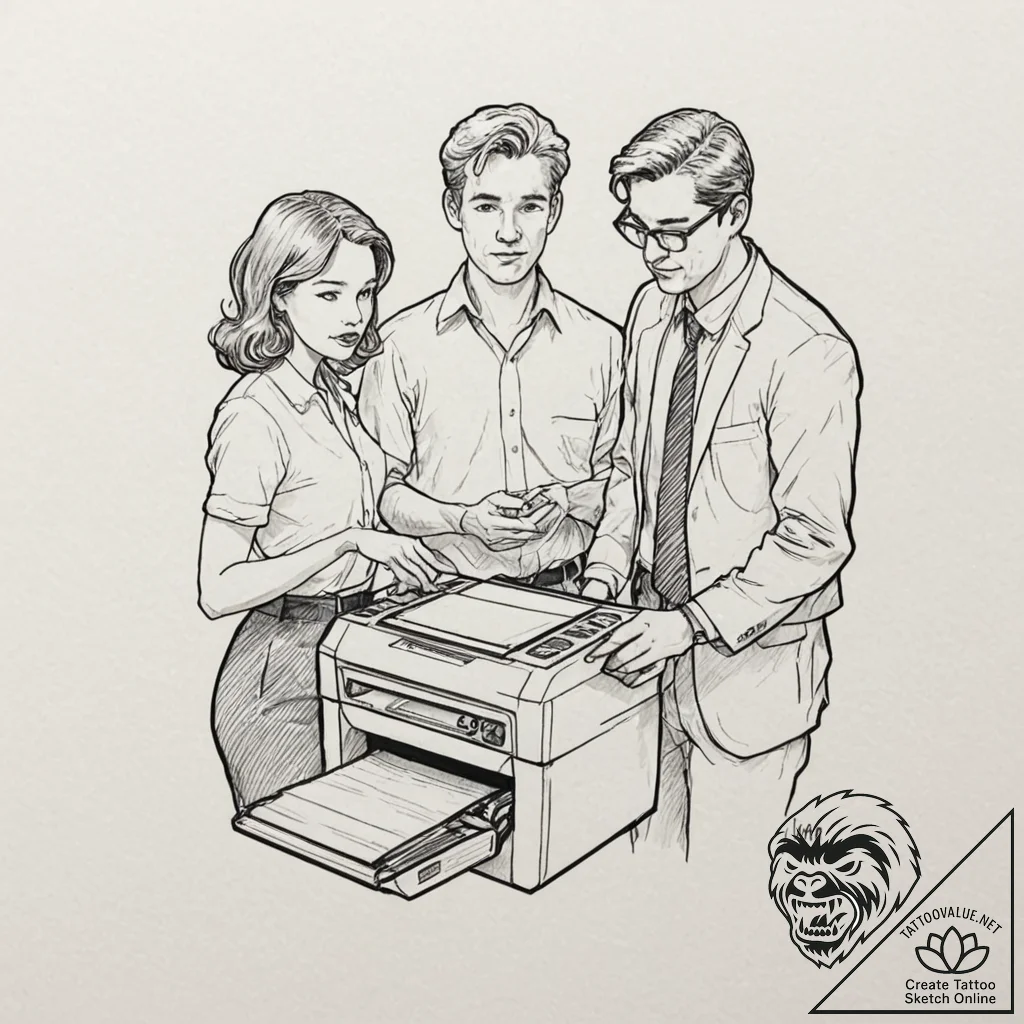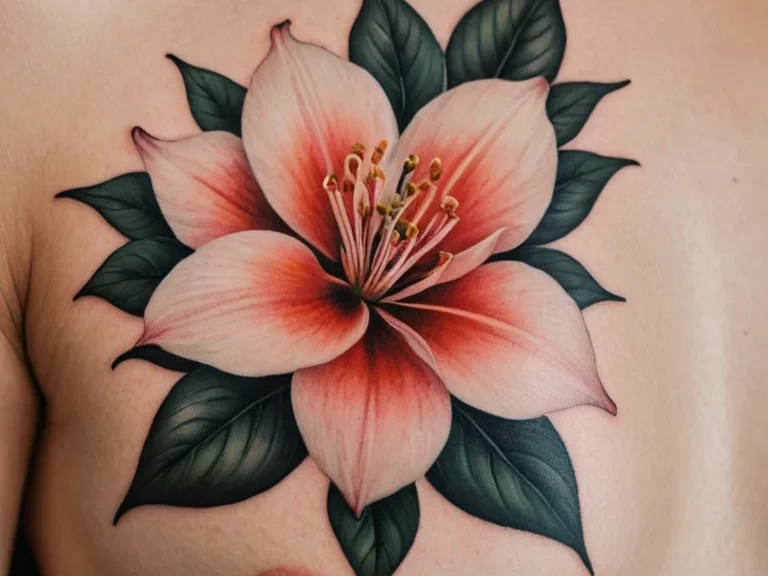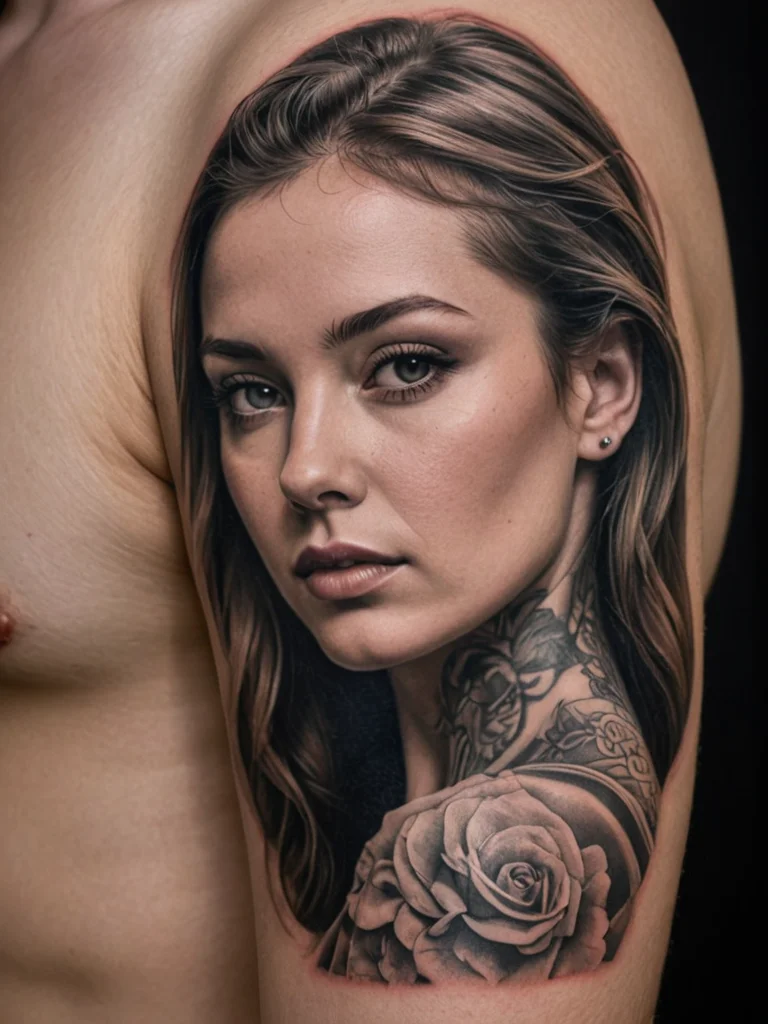The presence of tattoos in the workplace has undergone a dramatic transformation over the past few decades. Once a symbol largely associated with counter-culture, rebellion, or specific subcultures, tattoos are increasingly becoming a form of personal expression embraced by a diverse range of individuals across all professions. This shift reflects broader societal changes in attitudes towards body art, moving from stigma to acceptance, and in many cases, to outright appreciation. As more people choose to adorn their skin with meaningful designs, the question inevitably arises: how do tattoos fare in the professional world today? This article delves into the evolving landscape of tattoos in the modern workplace, offering insights, strategies, and expert advice for anyone looking to navigate this intersection of personal identity and professional life.
Introduction: Tattoos at Work – A Shifting Landscape
Gone are the days when having a tattoo automatically meant a professional ceiling was in place. The traditional view of tattoos as unprofessional or even taboo has begun to fade, replaced by a more nuanced understanding of individuality and self-expression. Many industries, particularly those in creative fields, technology, and even customer-facing roles, have become significantly more accepting of visible ink. This change isn’t just about tolerance; it’s about recognizing that a person’s professional capabilities are not defined by their skin art. Tattooed professionals are proving daily that skill, dedication, and talent are far more important than whether or not they have ink. Understanding this evolving perspective is the first step in confidently integrating your personal style with your career aspirations. As you explore your options and consider how your tattoos might be perceived, remember that the conversation around tattoos in the workplace is ongoing, and public opinion, as well as corporate policy, continues to adapt.
The reasons behind this societal shift are multifaceted. Increased visibility of tattoos in popular culture, through celebrities, social media, and fashion, has normalized them for a broader audience. Furthermore, as the workforce itself becomes more diverse, so too does the expression of personal identity within it. Many companies now actively seek to foster inclusive environments, and this often extends to embracing the unique characteristics of their employees, including their tattoos. However, despite this progress, the professional world is not a monolith. Acceptance levels can vary significantly depending on the industry, company culture, geographical location, and even the specific nature of the tattoo itself. Therefore, a strategic approach is often necessary to ensure your ink aligns with your career goals.
Navigating Workplace Policies: Understanding the Unwritten Rules and Legalities

When considering how your tattoos might be viewed in a professional setting, the first port of call is often to understand the specific policies of the companies you are interested in. While some organizations have explicit dress codes or appearance guidelines that mention tattoos, many do not. In the absence of a written policy, it’s crucial to discern the ‘unwritten rules’ of a particular workplace. This often involves researching the company culture, observing employees, or even asking HR representatives during the interview process. The key is to gather information to make an informed decision about whether your tattoos might be perceived as a barrier.
Legally, in many countries, including the United States, discriminating against an employee solely based on tattoos is generally not prohibited, unless the tattoo is related to a protected characteristic (such as religious expression). However, this doesn’t mean companies can’t implement their own appearance standards. Many employers maintain the right to set guidelines for what they deem appropriate professional attire and presentation. This is where the concept of ‘professionalism’ becomes subjective and often tied to the company’s brand image and customer base. For instance, a tech startup might be far more relaxed about visible tattoos than a conservative law firm or a traditional financial institution.
When evaluating company policies, look for language related to ‘personal grooming,’ ‘appearance standards,’ or ‘professional conduct.’ These phrases can often encompass expectations regarding visible tattoos. If a company has a zero-tolerance policy for visible tattoos, or if the general vibe suggests a conservative approach to appearance, you may need to consider how visible your ink is. It’s also worth noting that even if a company is generally accepting, there might be specific roles or client-facing situations where a more conservative presentation is expected. Understanding these nuances allows you to present yourself in the most advantageous light, demonstrating that you respect the company’s culture while also staying true to your personal identity.
Tattoo Placement Strategies for Professional Environments

The placement of your tattoos can significantly influence how they are perceived in a professional context. While some individuals have full sleeves or intricate designs that are always visible, others strategically choose placements that can be easily concealed when necessary. Understanding the impact of placement can be a valuable tool for anyone balancing their love for tattoos with their career ambitions.
For traditionally conservative workplaces, or for those positions where first impressions are paramount, strategic placement is often key. Tattoos on the hands, neck, and face are generally considered the most visible and, in many environments, the most likely to attract negative attention or scrutiny. These areas are often exposed and difficult to cover with standard professional attire. Therefore, if you are seeking roles in highly traditional sectors or are concerned about potential bias, you might consider designs that can be easily hidden by clothing, such as tattoos on the arms, legs, torso, or back. These placements allow you the flexibility to showcase your ink during personal time while maintaining a more conventional appearance during work hours.
Many professionals with tattoos choose placements that are readily covered by a suit jacket, a long-sleeved shirt, or trousers. For example, a sleeve tattoo can be completely hidden by a well-fitting long-sleeved shirt. A tattoo on the calf or thigh can be concealed by trousers or a skirt. Even smaller tattoos on the wrists or forearms can often be covered with a watch, bracelet, or a longer cuff. The goal here is not necessarily to hide your identity, but to demonstrate an understanding of professional norms and to provide employers and clients with the comfort of a conventionally polished appearance, especially in initial interactions. As you build trust and prove your capabilities, the visibility of your tattoos may become less of a factor.
For those in more creative or relaxed industries, the visibility of tattoos might be less of a concern, and indeed, can sometimes be seen as a positive attribute, reflecting individuality and artistic flair. However, even in these environments, it’s wise to consider the nature of the tattoo. Extremely graphic, offensive, or controversial imagery might still be viewed unfavorably, regardless of the industry. Ultimately, the most effective strategy is to be aware of your surroundings, understand the expectations of your specific professional niche, and make choices about tattoo placement and visibility that align with your career goals and personal comfort level.
Case Studies & Expert Opinions: Real-World Experiences with Visible Tattoos

Hearing about the experiences of others can provide invaluable insight into the realities of having tattoos in the modern workplace. Numerous professionals, from artists and entrepreneurs to doctors and lawyers, have shared their journeys, illustrating the diverse reception of visible ink.
Consider the story of Sarah, a graphic designer who has full sleeves and several neck tattoos. In her early career, she often felt the need to cover her arms and neck, especially during client meetings, fearing judgment. However, as she moved into more forward-thinking design agencies, she found her tattoos were not only accepted but often seen as part of her creative identity. One agency even highlighted her ink in an employee spotlight on their website. Sarah’s experience demonstrates how industry and company culture play a pivotal role. She notes, “It’s about finding your tribe, the companies that value your skills and see your tattoos as an enhancement to your unique perspective, not a detraction.”
Conversely, John, a financial analyst, has a large back piece that is almost always covered. He works for a global investment bank where the culture is traditionally conservative. While his colleagues know he has tattoos, he has never displayed them at work. John explains, “I chose a placement that allows me to have this significant piece of art that means a lot to me, without it ever interfering with my professional image. It’s a personal choice, and I respect the environment I work in.” His approach highlights the strategy of choosing a discreet placement for meaningful art.
Tattoo artists themselves often have firsthand experience with this dynamic. Maria, a tattoo artist with numerous years in the industry, observes, “We see clients from every walk of life, including corporate professionals. Many clients get tattoos on areas they can easily cover if their job requires it. Others in more creative fields, or those who own their businesses, have full visibility. The most common advice I give clients is to know your industry, know your employer, and if you have to ask if it’s okay, it’s probably best to err on the side of caution, at least initially.”
Experts in HR and career coaching often echo these sentiments. They emphasize that while societal acceptance is growing, professionalism is still often associated with a degree of conformity in appearance, especially in customer-facing roles or highly regulated industries. “Employers are increasingly looking for talent, but they also need to consider their brand and client perception,” says a career coach specializing in corporate placements. “It’s not about judging the individual, but about managing perceptions. Demonstrating professionalism through adherence to dress codes and appearance standards, even if they seem outdated to some, can be a strategic advantage.” The consensus among experts is that awareness, strategy, and adapting to specific professional environments are crucial for success.
Conclusion: Embracing Your Ink in the Modern Professional World

The landscape of tattoos in the modern workplace is undoubtedly evolving, leaning towards greater acceptance and appreciation of personal expression. What was once a clear marker of being outside the professional mainstream is now increasingly integrated into the fabric of many industries. This shift is a testament to changing societal norms, a growing emphasis on individuality, and the undeniable fact that skilled, dedicated professionals come in all forms, including those with beautifully inked skin.
As you navigate your career, remember that while progress has been made, understanding the specific context of your industry and company culture remains paramount. Strategic placement, awareness of company policies (both written and unwritten), and a professional demeanor are your most valuable tools. They allow you to express your identity authentically while respecting the expectations of your professional environment. The goal is to let your skills, work ethic, and personality shine through, with your tattoos being a part of your unique story, not a barrier to your success.
Ultimately, embracing your ink in the modern professional world is about confidence, strategy, and authenticity. It’s about finding environments where you are valued for who you are, inside and out. As the conversation continues to shift, and more workplaces embrace diversity in all its forms, the ability to showcase your personal art without fear will only grow. Continue to be informed, make conscious choices, and let your talent speak for itself. Your journey with tattoos and your career can, and increasingly do, go hand in hand.